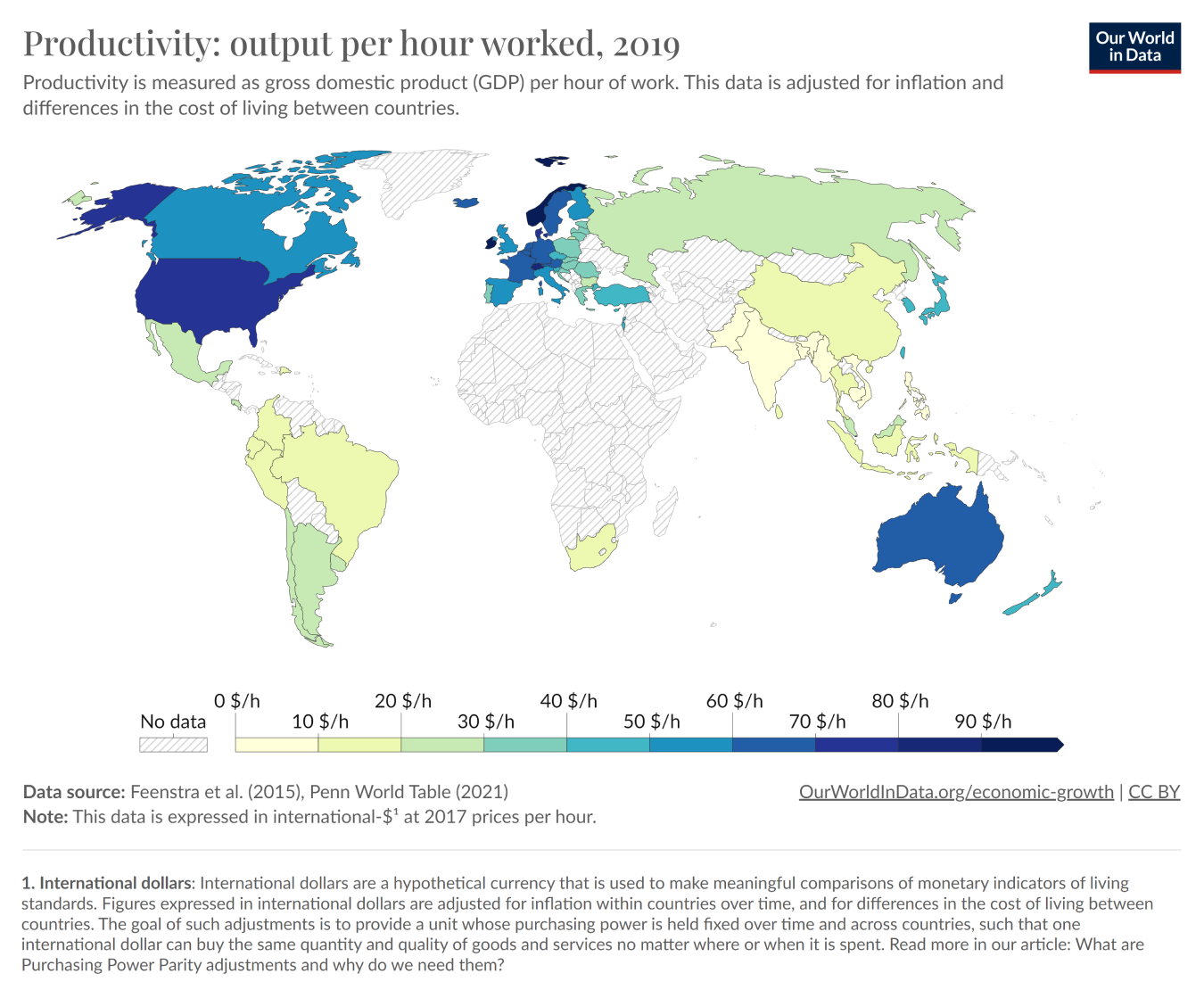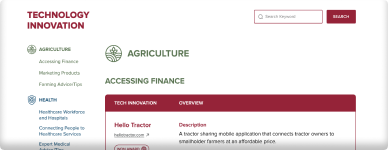Home » Leadership Resources » Tech Database » Considerations for Decisionmakers Part 2
Considerations for Decisionmakers
PART II: Using Technology to Accelerate Development
Rapid advances in technology make it a critical tool for governments. From low-income countries to developed economies, governments worldwide are realizing the immense potential of technological advancements to transform their operations. This growing importance can be attributed to the myriad potential benefits of technology. For instance, governments can increase productivity, enhance efficiency, and promote transparency in their operations by leveraging technology. Additionally, technology can play a crucial role in addressing pressing societal issues in education, healthcare, and human development.
This brief offers considerations on how, with the right technological tools, governments can tackle development challenges, streamline services, and improve the overall well-being of their citizens.
1. Human Development
A recent study investigated the link between the adoption of Information Communication and Technology (ICT) and Human Development (HD) and found that “regardless of a country’s level of development, there is a direct link between the use and adoption of ICT and HD.” In this study, the influence of government utilization of ICT on Human Development was most substantial in developed nations, where ICT positively and significantly impacted long and healthy life, as well as decent standard of living dimensions.
2. Decision-Making
Data has become a significant factor in political and administrative decision-making and is critical in leading national and global responses to safeguard life. During the COVID-19 pandemic, for example, data-driven insights, through the use of technology, allowed government officials, as well as public health officials, to make more informed decisions in developing effective policies for citizens.
Additionally, digital innovations that rapidly evolved during that time, such as telehealth, smart mobile health, and other artificial intelligence-supported applications, helped curve COVID-19 transmissions in impacted communities by, for instance, notifying citizens if they were exposed to the virus. Moreover, even though there has yet to be a global consensus about what constitutes adequate data evidence, technology can be used to collect context-specific data for decision-makers to address local or national challenges efficiently.
Additionally, digital innovations that rapidly evolved during that time, such as telehealth, smart mobile health, and other artificial intelligence-supported applications, helped curve COVID-19 transmissions in impacted communities by, for instance, notifying citizens if they were exposed to the virus. Moreover, even though there has yet to be a global consensus about what constitutes adequate data evidence, technology can be used to collect context-specific data for decision-makers to address local or national challenges efficiently.
3. Increased Productivity
The use of technology across the public sector can increase productivity by streamlining public administrative services. A recent study showed that “technology use has allowed many government agencies to restructure cumbersome processes, becoming more user-friendly and increasing productivity by allowing workers to focus on more complex tasks.” In higher-income countries like the United States, for example, “Machine learning is used to identify patterns of risk of homelessness and to direct services to high-risk individuals in Los Angeles County” or “Districts have used algorithms to analyze student engagement with interactive textbooks and flag students at risk of failure.” In many of these cases, using technologies has helped target investments more effectively, preventing public funds waste, accelerating task completion, and increasing productivity across government departments.
4. Greater Transparency
The use of digital platforms in the public sector can also support transparency in governmental processes. A recent study showed that the use of technology in the public sector, especially in developing countries, “could provide an alternative path to information related to public services and government spending, allowing citizens to exercise greater control over public resources, and it could prevent corruption.” As such, public accessibility to information can enhance accountability, fostering a more trusted and cooperative relationship between the government and citizens.
5. Innovation and Development
Historical data shows increased productivity in many countries where workers are producing more output per hour today compared to 1950, noting that “this is partly because of new machines and technologies but also because we have new shared knowledge about how to work more efficiently.” Globally, more than 8 billion people are using cell phones, computers are more portable, and more people are online and connected to the Internet daily. Likewise, studies indicate that “social connections and innovation are closely linked, and investing in digital communication technologies is a critical factor in improving living standards.” Moreover, the use of ICTs by individuals has been found to increase human capabilities because, with the Internet, people can access specialized and technical knowledge, with the world’s top universities offering open courses on platforms such as Coursera and edX. The graph below shows the output per hour worked in 2017:
Graph 1: Productivity per hour worked, 2017.

Finally, using technological systems can improve operations in the public sector, enhance citizen lives, and foster socio-economic growth. Nonetheless, globally, policymakers are noticing that technology companies often wield excessive and unregulated authority over citizens. Therefore, new developments in the digital sphere, including the rapid growth in Artificial Intelligence (AI) use, require more legal safeguarding for the public and technology users from online threats. Hence, while implementing technology in the public or private sectors, it is necessary to have policies that protect citizens and address concerns related to online safety. Below is a graph of a long-term timeline of technology:
Graph 2: A long-term timeline of technology

Notes
This paper was researched and written by Benita Kayembe, Senior Researcher & Michael R. Sinclair, Executive Director, Harvard Ministerial Leadership Program.
None of the opinions expressed are necessarily those of Harvard University or the funders of the Harvard Ministerial Leadership Program. © 2023 President and Fellows of Harvard College.
None of the opinions expressed are necessarily those of Harvard University or the funders of the Harvard Ministerial Leadership Program. © 2023 President and Fellows of Harvard College.

